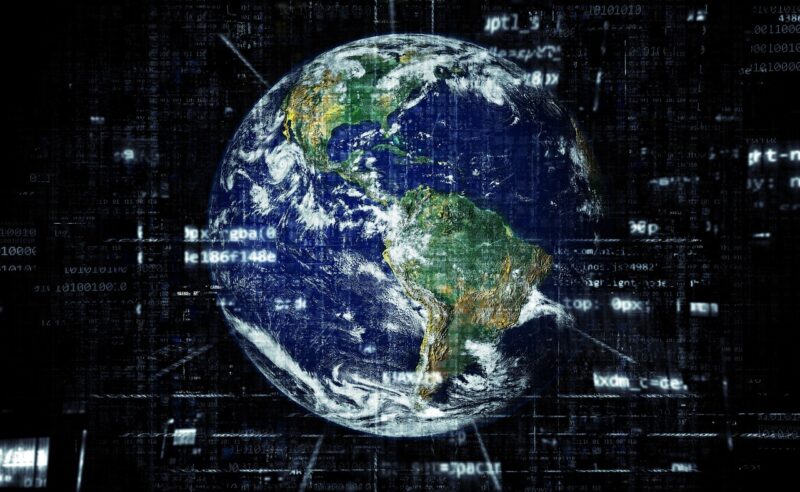The Evolution of Internet Culture and How Memes Have Become a Universal Language
November 17, 2024

In today’s digital age, the internet has become a vast and complex ecosystem where culture transcends geographical boundaries. Among the most fascinating phenomena to emerge from this virtual landscape is the meme—a unit of cultural information that spreads virally. Memes have evolved from simple jokes shared between friends to powerful forms of communication that express complex ideas, emotions, and social commentary in a matter of seconds. This article explores the evolution of internet culture and how memes have established themselves as a universal language.
1. The Birth of Internet Culture
The concept of internet culture can be traced back to the early days of the web in the 1990s. As people began to connect online, communities formed around common interests, from gaming and fandoms to academic discussions. The advent of message boards, chat rooms, and forums allowed users to share ideas and experiences in real-time.
In these early stages, humor played a significant role in shaping internet culture. Sites like Newgrounds and Ebaum’s World became popular by sharing humorous animations, flash games, and clips, capturing the online community’s essence. However, the internet was still largely compartmentalized—different communities thrived in separate spaces.
2. The Rise of Social Media: Memes Take Center Stage
The mid-2000s saw the explosive growth of social media platforms such as MySpace, Facebook, and Twitter. These platforms transformed how users shared content and interacted with one another, allowing for the rapid dissemination of cultural artifacts. Memes began to take shape during this period, often inspired by pop culture references, viral videos, and images.
Memes can be humorous, absurd, or deeply poignant, but they all share a common thread: they simplify complex ideas into digestible formats that resonate with a broad audience. The phrase “I Can Has Cheezburger?” marked one of the earliest identifiable meme-centric websites that showcased humorous image macros featuring cats, setting the stage for the meme explosion that would follow.
3. The Mechanics of Memes: How They Spread
Memes thrive on adaptability and remix culture. A single image or phrase can be altered endlessly, leading to countless variations that explore a myriad of interpretations. This process allows memes to evolve, reflecting shifts in cultural context while simultaneously remaining relatable to diverse audiences.
Key elements that contribute to the virality of memes include:
- Simplicity: Memes often utilize simple imagery and text, making them easy to understand and share quickly.
- Relatability: Good memes evoke emotions, whether it’s nostalgia, humor, or tragedy, making them universally appealing.
- Customization: Users can adapt existing memes to fit their context, creating a shared culture built on collective creativity.
This adaptability leads to memes crossing cultural and linguistic boundaries, making them a modern universal language.
4. Memes in the Mainstream: A Cultural Force
As social media platforms evolved, memes became a staple in modern communication, shaping how people interacted with one another. Brands started leveraging memes for marketing, knowing their viral potential could lead to increased engagement with younger demographics.
Memes have played essential roles in various societal issues:
– **Political Commentary:** Memes have become a vital tool for political expression, allowing users to critique leadership and social policies humorously and satirically.
– **Social Movements:** Movements like #BlackLivesMatter and #MeToo utilized memes to spread awareness and rally support, demonstrating their power in activism.
– **Mental Health Awareness:** Memes discussing mental health challenges have helped destigmatize the conversation surrounding mental illness, promoting shared experiences and empathy.
The transition of memes into mainstream discourse illustrates their adaptability and importance in the fabric of digital society.
5. The Future of Memes: Digital Citizenship and Cultural Boundaries
As internet culture continues to evolve, the future of memes is influenced by various factors, including technological advancements and cultural shifts. The emergence of artificial intelligence and content generation tools could lead to unique meme creation processes, with algorithms crafting jokes that appeal to specific audiences.
Additionally, global events such as the COVID-19 pandemic showcased how memes can represent shared experiences, regardless of cultural differences. Future memes may further incorporate elements of diverse linguistic and cultural backgrounds, fostering even more inclusivity in the language of the internet.
Ultimately, memes will continue to adapt, reflecting the changing dynamics of society and online communication.
Conclusion
Memes have transcended their initial humorous intentions to become a crucial element of modern communication. By reflecting societal values, offering commentary, and uniting individuals around common experiences, memes have solidified their role as a universal language in the digital era. The evolution of internet culture shows no signs of slowing down; it’s exciting to see how memes will continue to develop as a form of expression in our increasingly interconnected world worth observing and participating in.
Whether you’re laughing at the latest meme on social media or participating in the creative remixing of cultural artifacts, the universal language of memes allows us to connect, engage, and share in ways that transcend the limitations of traditional media.








